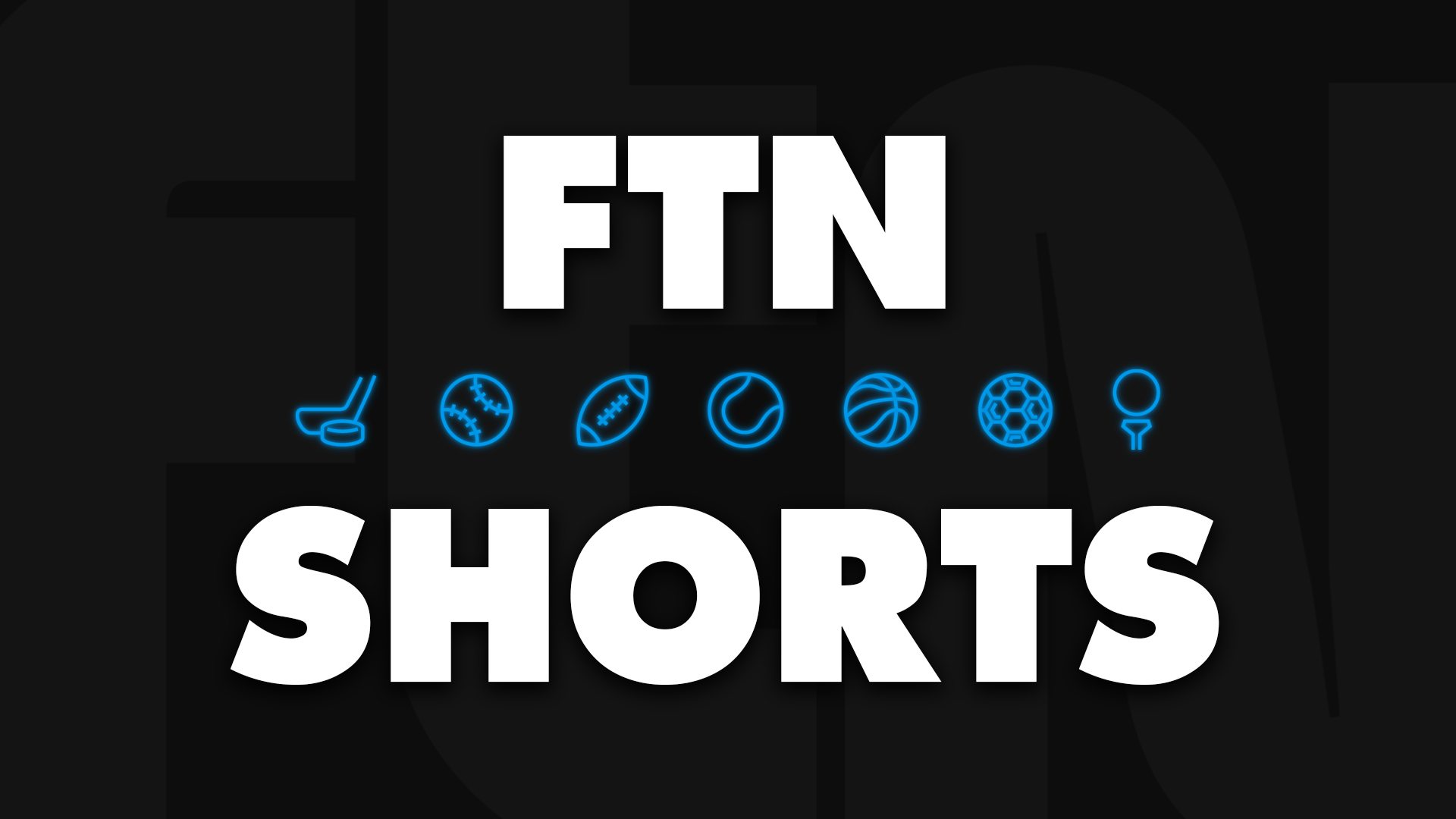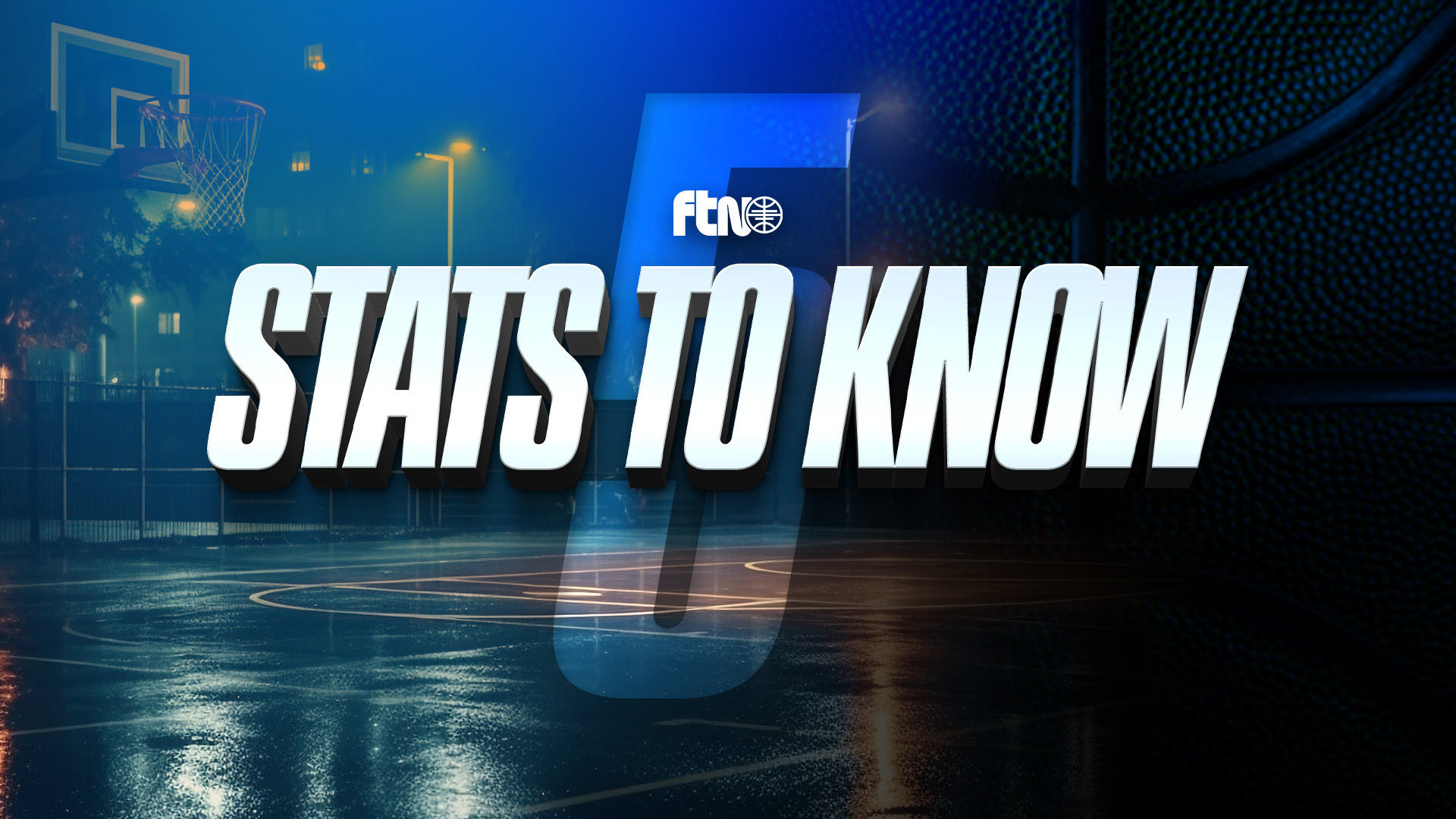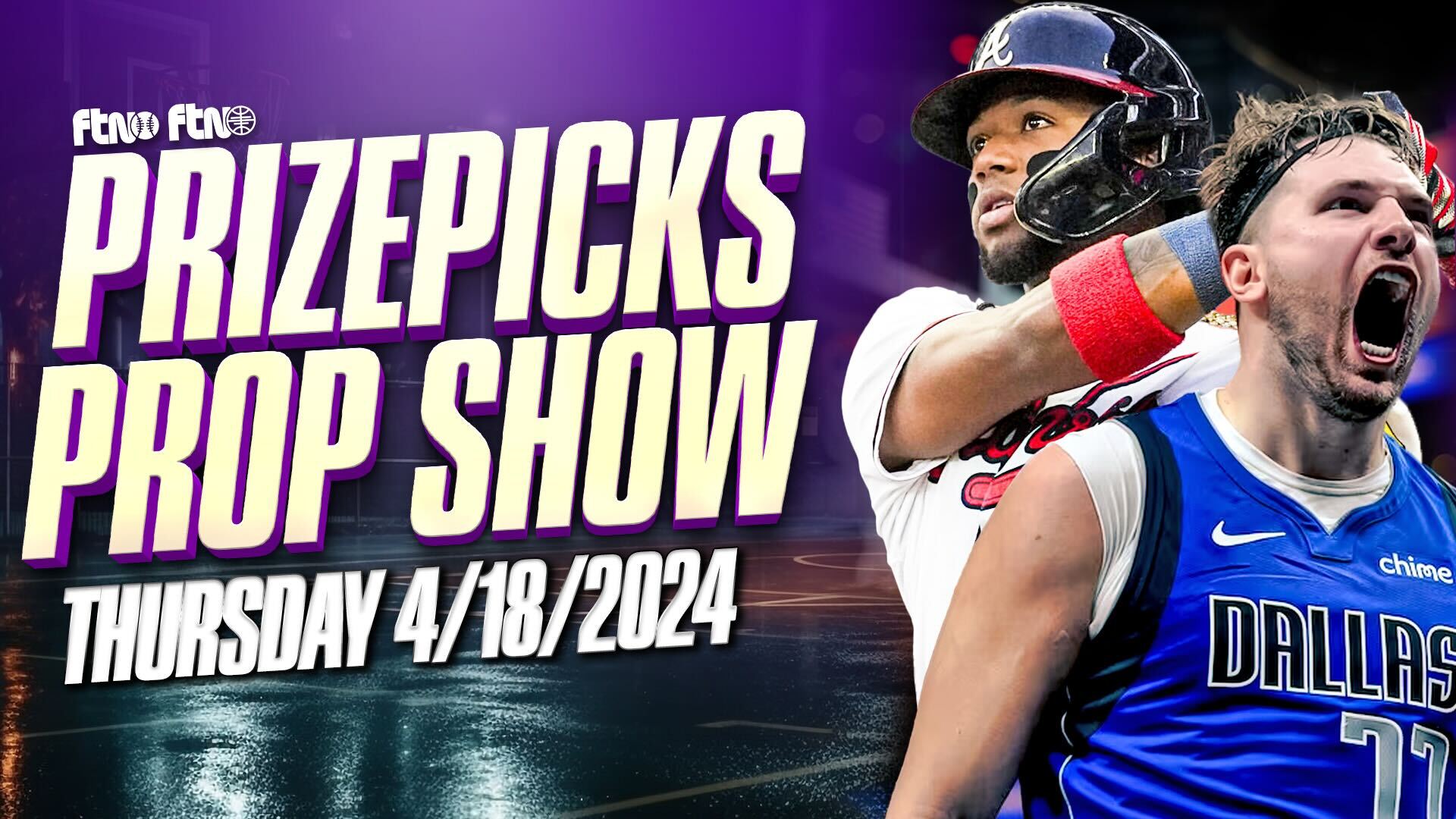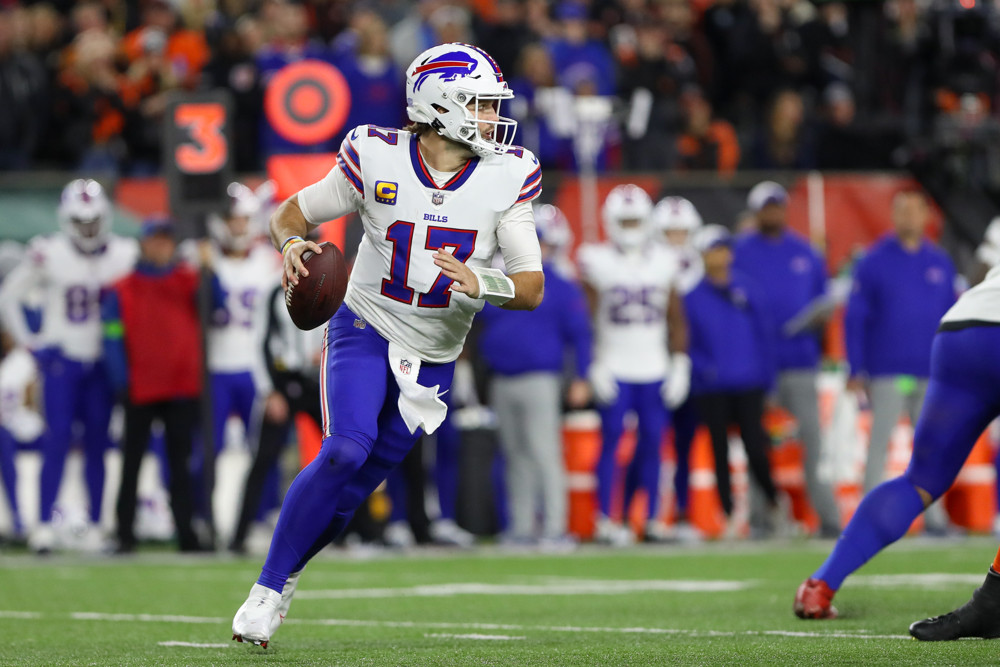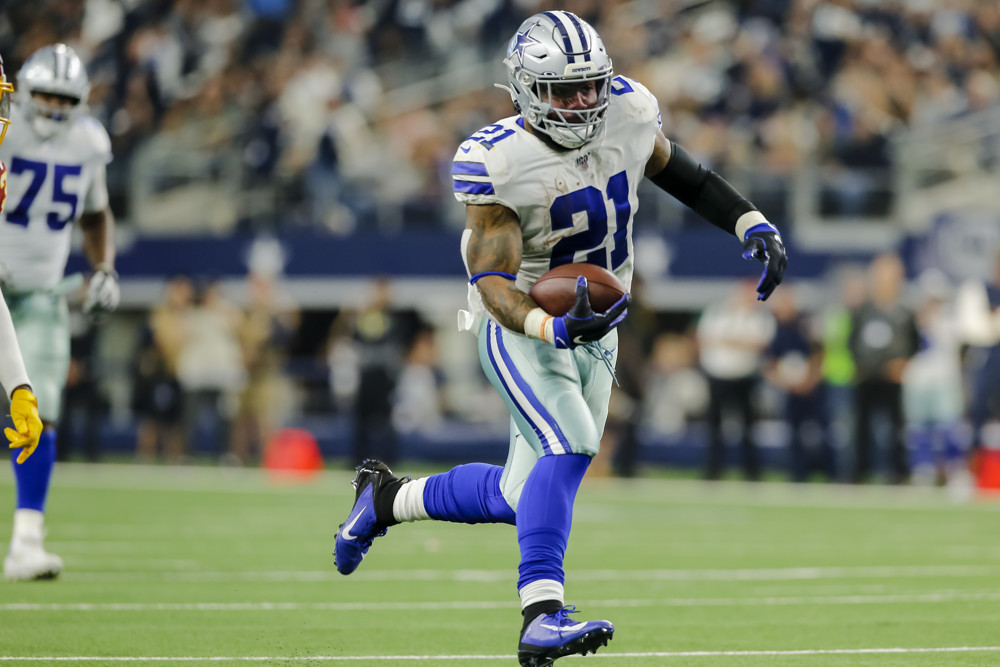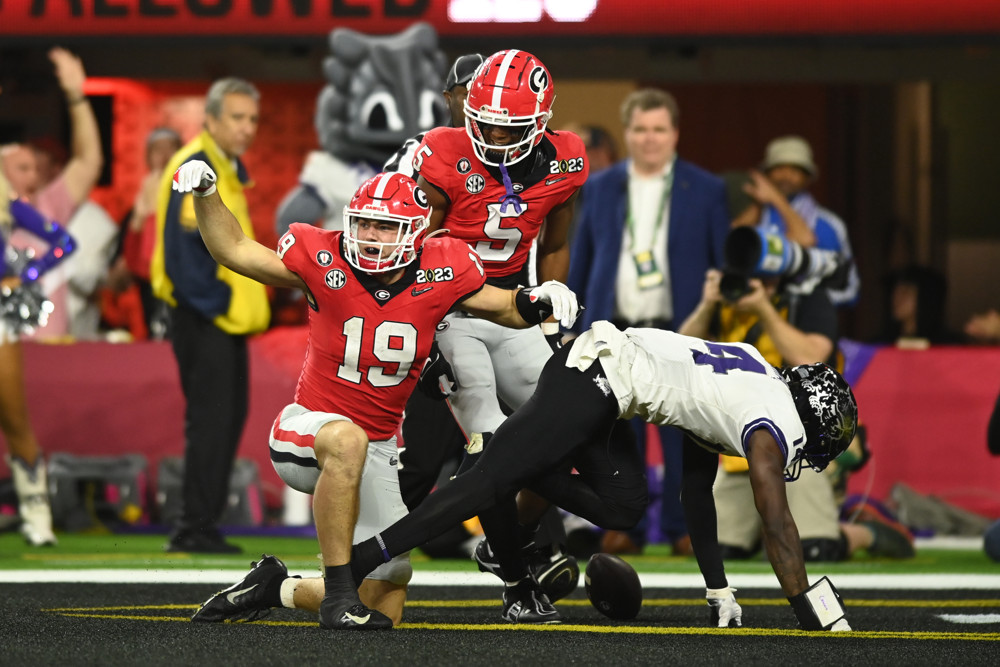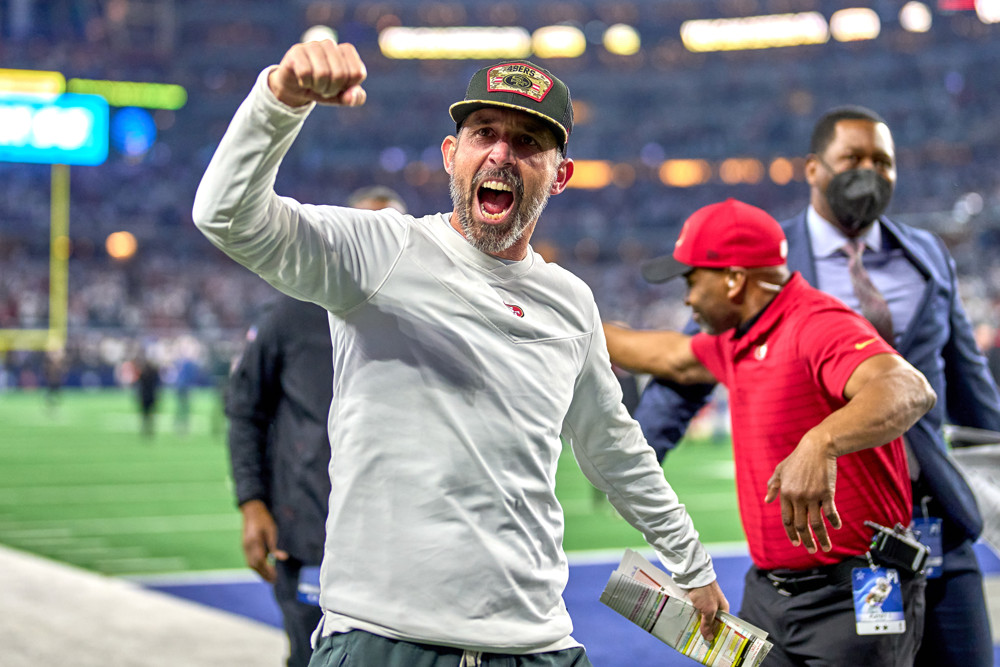
With NFL free agency cooling off, we can start to evaluate the fantasy football impact of players who switched teams. While landing spots aren’t everything in fantasy, we can’t deny they make a difference. In order to figure out how severely we should (or shouldn’t) let landing spots impact our evaluation, we first need to understand how much impact we should give to a change of scenery.
There’s no position that drums up more excitement around landing spots than running backs. To measure the impact of a team change, I looked at historical data to identify the highest-drafted backs (per FantasyPros ADP) who switched teams, evaluated their year over year change in ADP, and determined whether the hype (or lack thereof) was warranted. To close everything out, I predicted what that’ll mean for the guys changing teams in 2023.
(Friday we’ll look at the same for pass catchers.)
2020 to 2021
2021 was not a favorable year for running backs who switched teams, but there also wasn’t a ton of hype around the position. The highest-ADP back who wore a new uniform in 2021 was Mike Davis. He went undrafted in fantasy drafts in 2020, but because he was seemingly the only back in Atlanta in 2021, his ADP skyrocketed up to RB22 (52nd overall). When all was said and done, Davis was severely outproduced by another first-time Falcon – Cordarrelle Patterson – who happened to go undrafted in 2021. Patterson finished 2021 as the RB8 averaging 13.8 PPG (0.5 PPR) while Davis barely eclipsed half of that averaging just 7.2.
Next up on the ADP list was Sony Michel, who actually saw his ADP decrease from RB36 (90th) in 2020 to RB39 (105th) in 2021, but still ranked second on our list. After Cam Akers tore his Achilles in the offseason, the RB1 job was up for grabs in Los Angeles, and many fantasy managers threw a dart hoping Michel would be the guy. While he didn’t reach the ceiling many were envisioning, he averaged a pedestrian 8.2 PPG that provided solid value given where he was drafted.

To round out our list we come to Jamaal Williams, whose first season in Detroit was not as fruitful as his last. Williams saw a sizable uptick in ADP, where he was RB63 (183rd) in 2020 and RB40 (111th) in 2021. Similar to Michel, who was drafted in the same range, Williams averaged 8.4 PPG in 2021. A solid ROI, but certainly not league-winning stats.
2021 to 2022
Once again, there weren’t a ton of massive changes at the running back position last year. We saw the Christian McCaffrey trade, but that was midseason and therefore excluded from this exercise. The player who garnered the most buzz as a result of a team switch last year though was Chase Edmonds. Edmonds went from an ADP of RB29 in 2021 to RB28 in 2022, but he wound up being one of the biggest busts in all of fantasy. He scored a handful of touchdowns that may have saved fantasy managers a few weeks, but he finished the season averaging just 5.1 PPG – a significant decrease from his 10.2 in 2021.
Next up on our list we find another Dolphin. After an injury-riddled tenure in San Francisco, Raheem Mostert followed Mike McDaniel to Miami and far exceeded the expectations of any fantasy managers. Mostert’s ADP in 2021 was RB46 (136th), a massive falloff from his 2020 ADP of RB23 (56th)., However his production went in the opposite direction, as Mostert finished the season as Miami’s highest-scoring back en route to 9.6 PPG – an excellent return on value.
Last, we have D’Onta Foreman, whose spot on this list certainly comes with an asterisk. While Foreman finished the season strong, it took McCaffrey getting traded for him to become fantasy relevant. Foreman finished the season averaging just 8.0 PPG, but that number doesn’t tell the whole story, as he averaged a whopping 16.7 PPG post-McCaffrey. Foreman easily returned value on his RB56 (176) ADP which was a massive uptick from his 2021 ranking of RB94 (343). While you can’t enter your draft predicting trades, Foreman is the perfect example of the upside low-cost handcuffs can provide.
2022 to 2023
So what are our key takeaways based on the last two seasons?
First off, it doesn’t look as though buying into the hype and drafting the top-rated back who changed teams is a fruitful investment. Chase Edmonds and Mike Davis were both flops who came nowhere near returning value at their ADP. Meanwhile, both of their backups (Mostert and Patterson) were massive hits as late-round dart throws, Patterson in particular.
So as we’re looking ahead to this year, it’s important to remember that at times hype can be nothing more than, well, hype. You likely won’t be getting great value when purchasing the top backs who switched teams, but you could hit a home run by selecting their back ups.
Right now, Miles Sanders looks like the surest bet to have walked into a workhorse role on his new team. That could mean the best bet for fantasy managers is to pivot and draft Chuba Hubbard late. On Sanders’ old team, the signing of Rashaad Penny is sure to draw some hype, which may mean Kenneth Gainwell is ultimately the guy providing value on draft day. On the flip side, it looks as though David Montgomery was signed to be the No. 2 in Detroit, which may cause D’Andre Swift’s ADP to fall, and even though he’s not the backup, Swift may be the one returning the most value due to suppressed cost.
It’s easy to get caught up in the hype, and it can be difficult to forego the value that comes with ignoring it. If the last two years are any indication, avoiding the most buzz-worthy backs and taking a flier on their backups is likely your best bet in your upcoming fantasy drafts.


